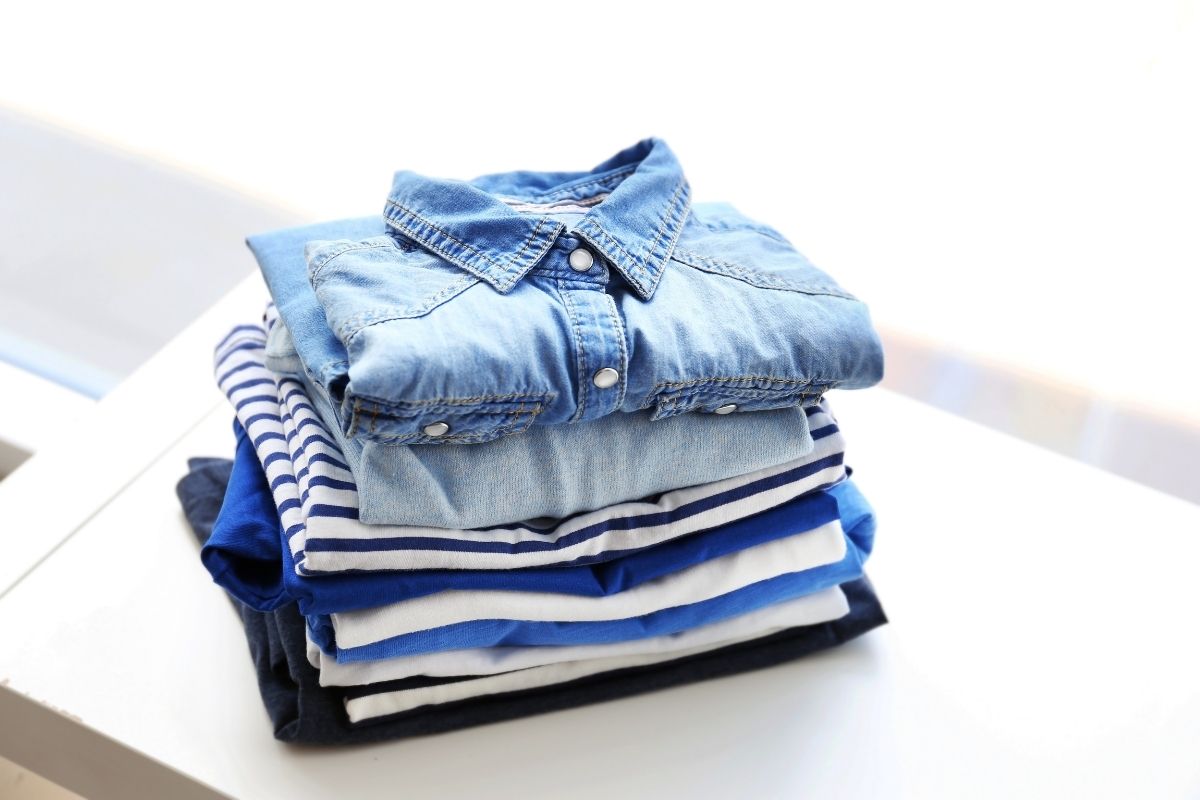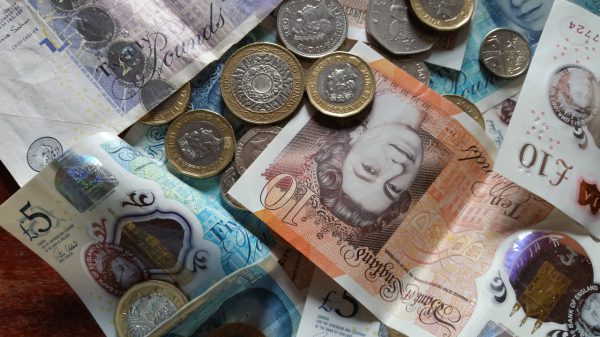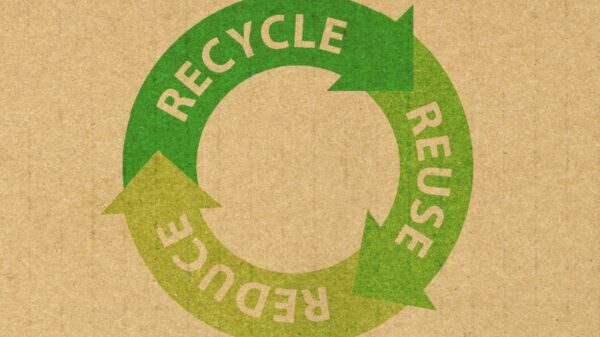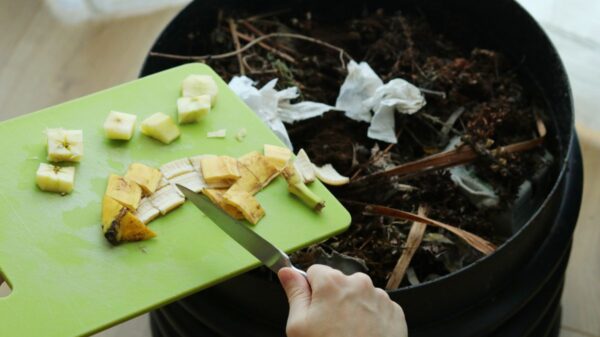In a world obsessed with the latest fashion trends and constant wardrobe updates, it’s time to pause and consider the impact of our clothing choices on both the environment and our finances. This blog post aims to shed light on why opting for second-hand clothing is not only a sustainable choice but also a savvy financial decision. We’ll delve into the environmental repercussions of the clothing industry, particularly fast fashion, and explore platforms like Vinted, Oxfam Vintage Designer Clothing shop, Depop, eBay, and traditional charity shops as excellent sources for pre-loved fashion.
The Environmental Toll of Fast Fashion: Fast fashion, characterized by rapid production cycles and cheap, disposable garments, has taken a toll on the environment. From the excessive use of water in cotton cultivation to the energy-intensive processes involved in manufacturing and transportation, the environmental footprint of new clothing items is substantial. Moreover, the disposal of unwanted garments contributes to the growing issue of textile waste in landfills.
Buying Second-Hand: A Greener Alternative: Opting for second-hand clothing is a powerful way to combat the negative environmental impact of the fashion industry. By purchasing pre-loved items, you contribute to the reduction of demand for new production, thereby decreasing the energy and resources required for manufacturing. Second-hand shopping is essentially a form of recycling, extending the lifespan of clothing items and diverting them from landfills.
Saving Both the Planet and Your Wallet: Beyond the environmental benefits, choosing second-hand clothing can also be a boon for your bank balance. High-quality, stylish pieces can often be found at a fraction of the cost of their new counterparts. It’s an opportunity to build a unique, eclectic wardrobe without breaking the bank. Plus, the resale value of well-maintained items allows you to recoup some of your investment when you decide it’s time to part with them.
Exploring Second-Hand Platforms and Shops:
- Vinted (https://www.vinted.co.uk): An online marketplace where you can buy, sell, and swap second-hand clothing items with ease.
- Oxfam Vintage Designer Clothing shop (https://onlineshop.oxfam.org.uk/second-hand-clothes): Oxfam’s online platform offering a curated collection of vintage and designer second-hand clothing.
- Depop (https://www.depop.com): A social marketplace app connecting buyers and sellers of unique, pre-loved fashion items.
- eBay: The well-known online marketplace that features a vast array of second-hand clothing options.
- Charity Shops: Local charity shops are treasure troves for affordable, second-hand clothing, and the proceeds often go towards charitable causes.
In conclusion, the impact of our clothing choices goes beyond personal style – it has far-reaching consequences for the environment. By embracing second-hand shopping through platforms like Vinted, Oxfam Vintage Designer Clothing shop, Depop, eBay, and local charity shops, we can contribute to a more sustainable and circular fashion economy. So, the next time you contemplate a wardrobe update, think twice before buying new clothes – your planet and your wallet will thank you.


















